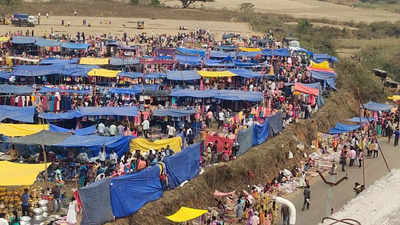Once again a case of suicide (Crime News) has come to light from the current youth hostel in Surguja (Surguja), Chhattisgarh (Tribes of Chhattisgarh).
Apart from this, cases of suicide (tribal student suicide) of three young students have come to light so far. The foundation stone laying ceremony of class 6th on 7th February and the foundation stone laying ceremony of class 8th on 22nd February was held in his house.
The name of the deceased is Mukesh and he was in eighth class. Mukesh was suffering from the pain of stones for many days. But he was not admitted to the hospital by the youth hostel.
The family members of the deceased were also treating him with healthy herbs.
Mukesh’s classmates said that the deceased had returned the piece after getting it treated with medicines from his home 10 days ago.
He also said that whenever the deceased felt pain, he was given pain pills.
On Sunday evening, when all the children came here after school after school, they saw that the door of Mukesh’s room was locked from inside. Mukesh did not open the door even after calling several times.
Through this skylight, classmates saw that Mukesh had trapped himself. After which this information was given to the students’ championship committee. Mukesh was immediately brought down, but by then he had died.
After the death, the family members were informed about this. The family members have accused the hostel of murder.
It would probably be appropriate to call it murder, but perhaps the family is also responsible for this murder.
Because this student died because of hostel and family friendship.
At least three young students have been reported to have committed suicide in the last 22 days. So perhaps it would be wrong to call all these restaurants a coincidence.
Stay updated with us for more Adivasi News & Updated.



